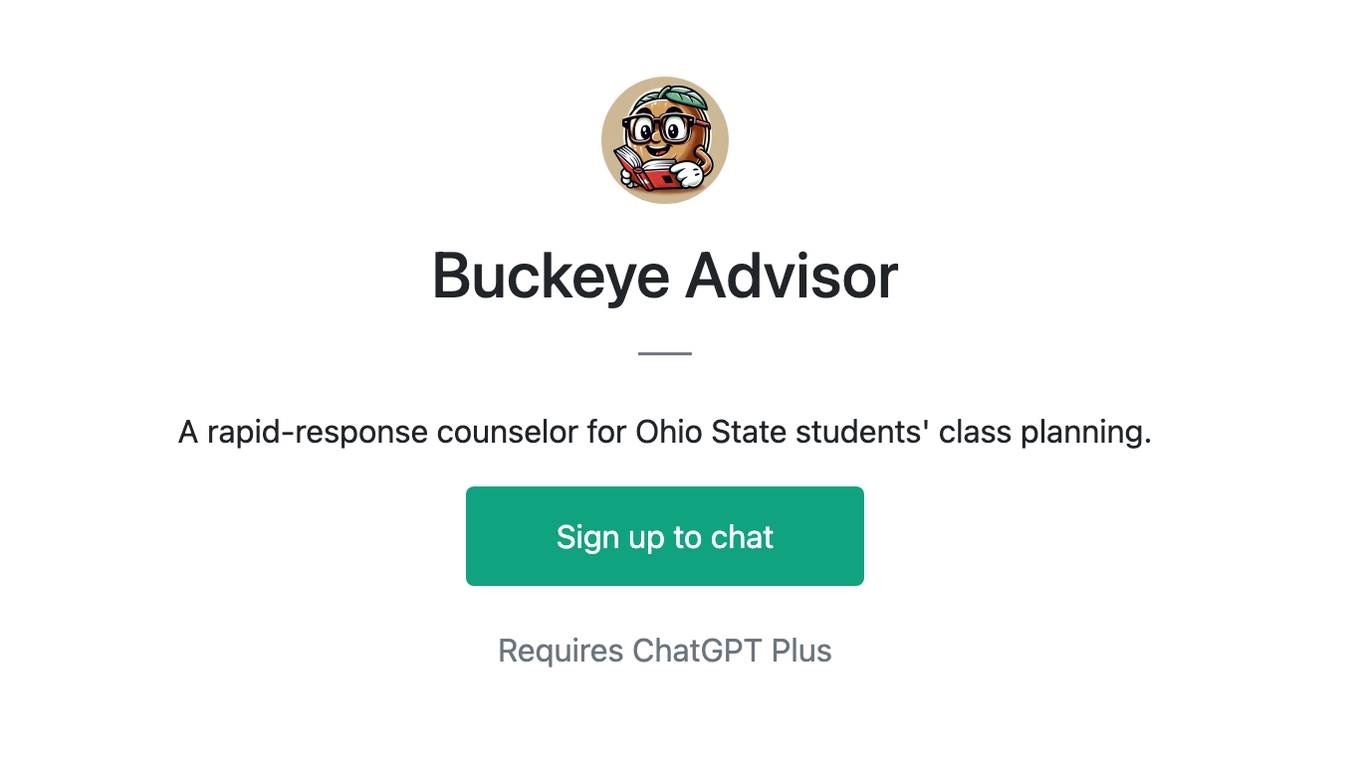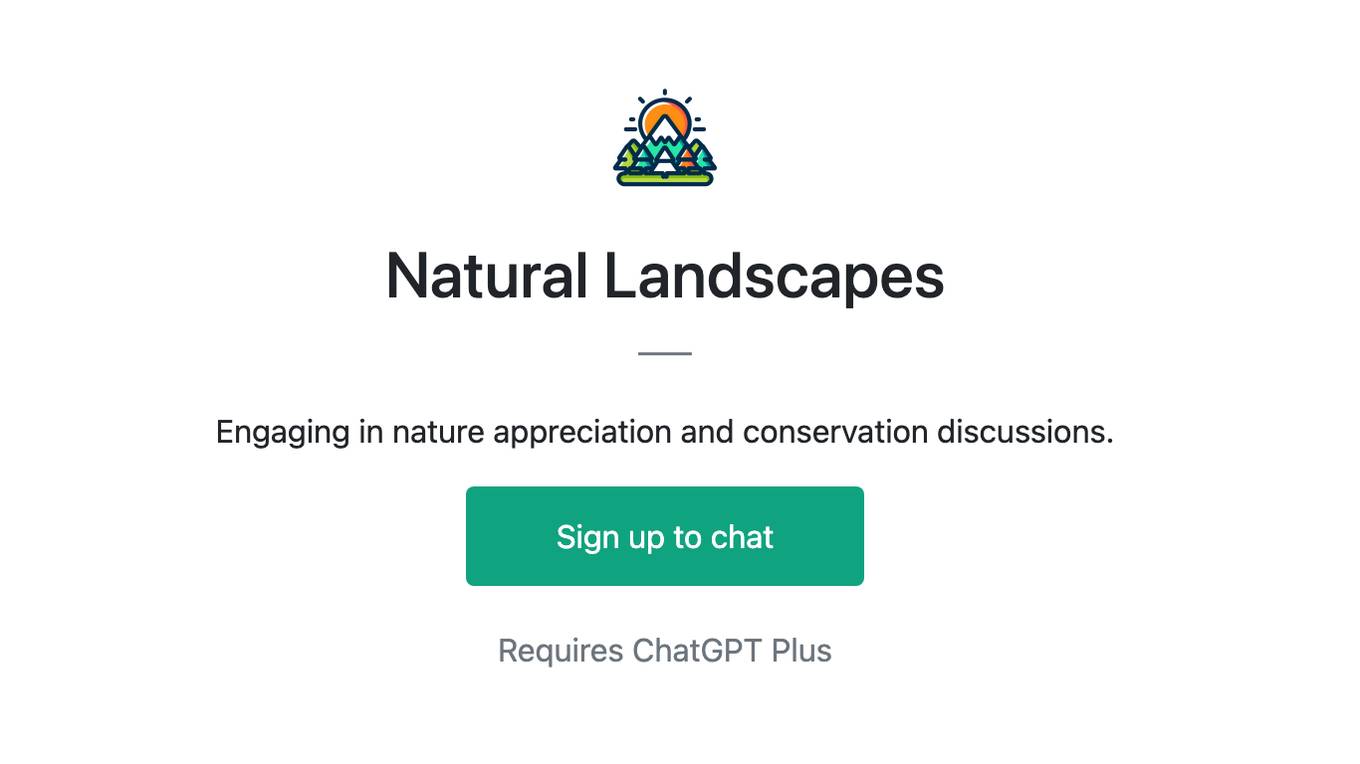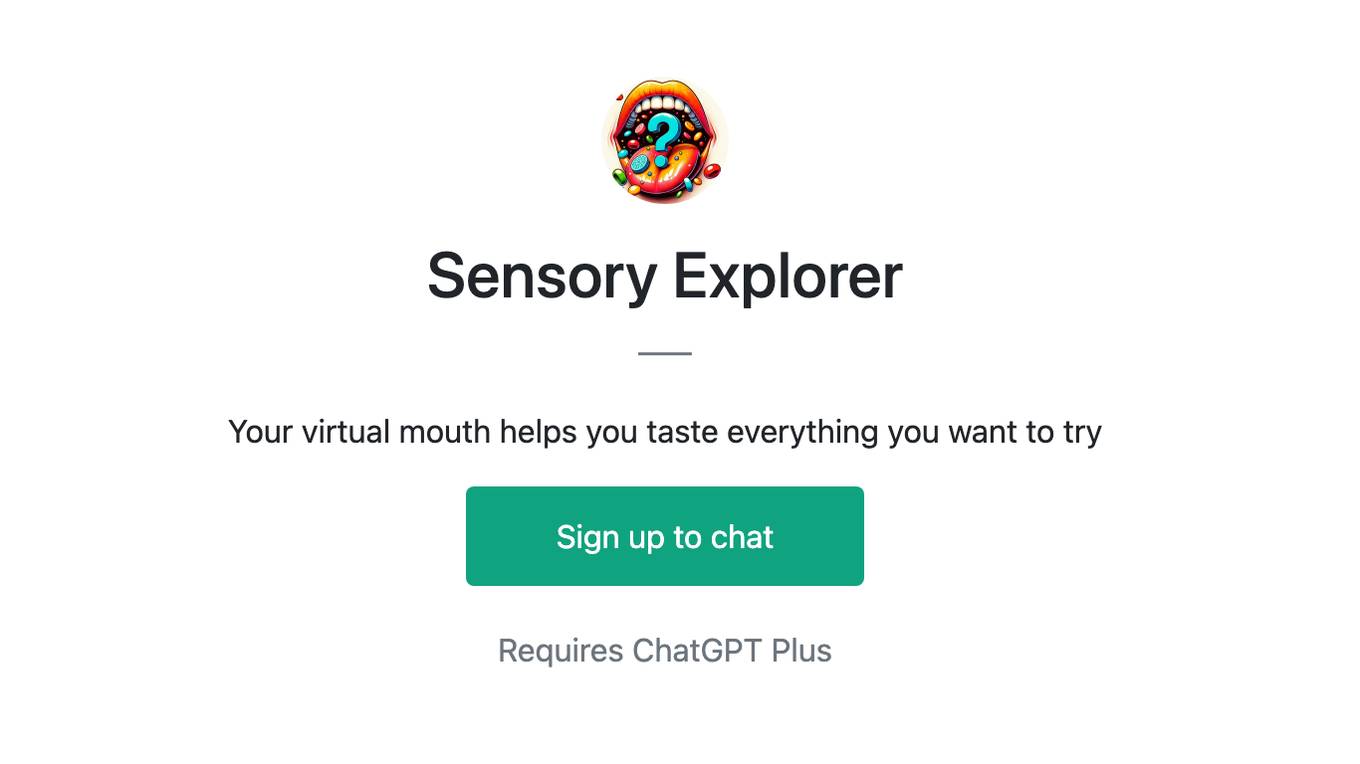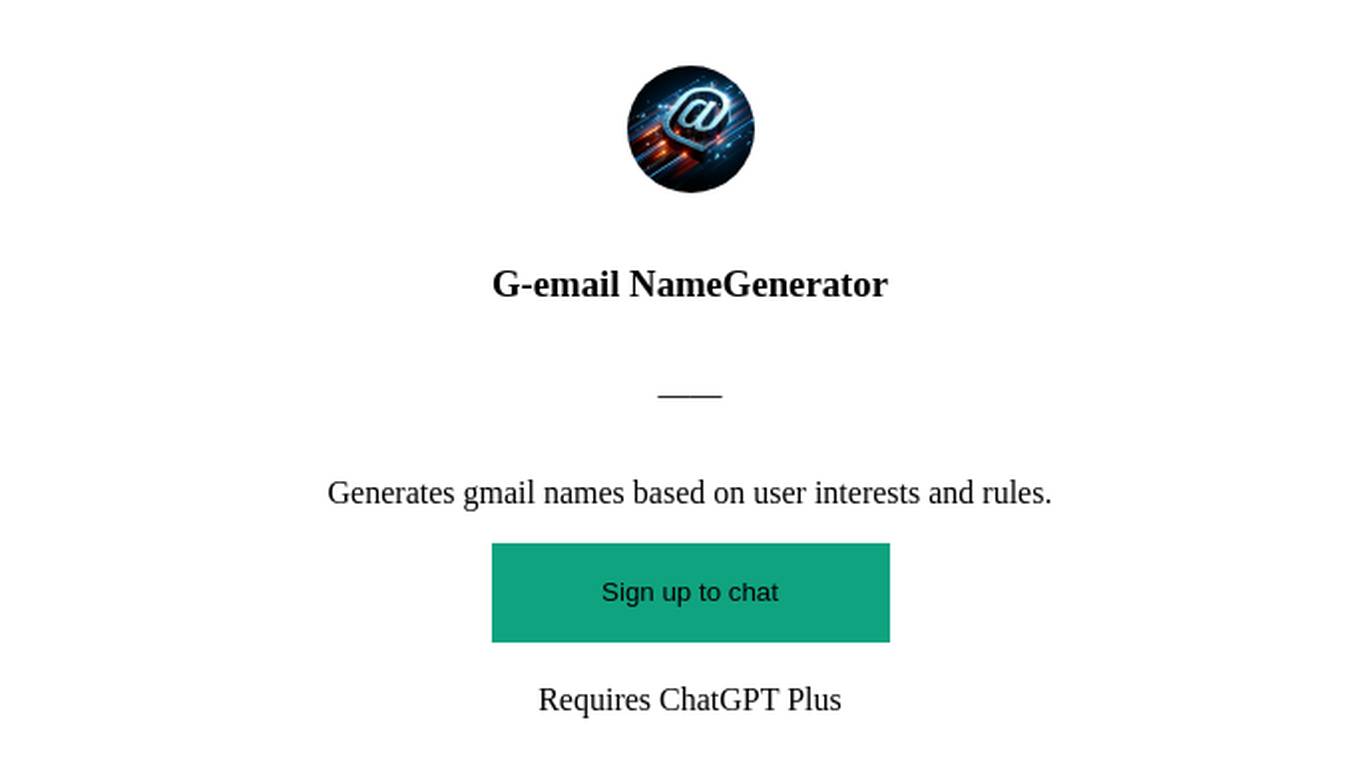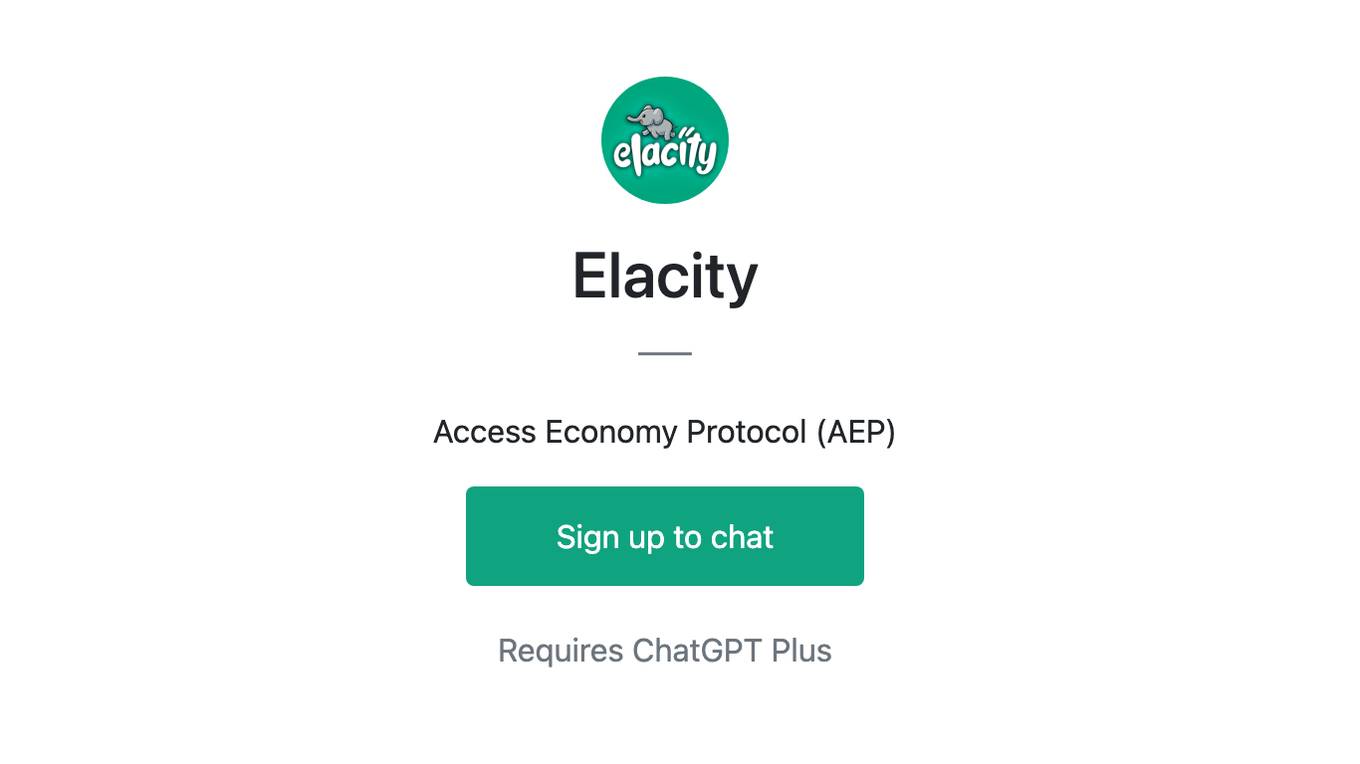AI tools for Tq
Related Tools:
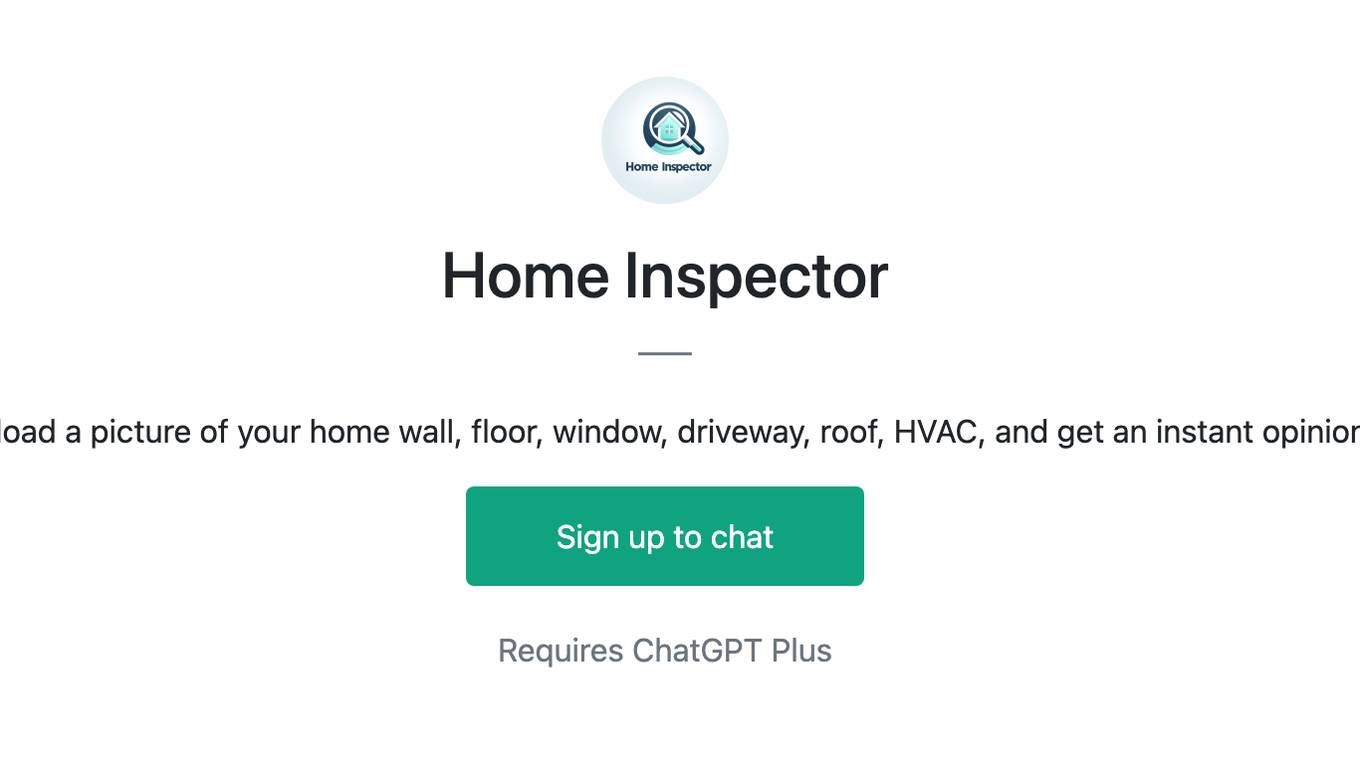
Home Inspector
Upload a picture of your home wall, floor, window, driveway, roof, HVAC, and get an instant opinion.
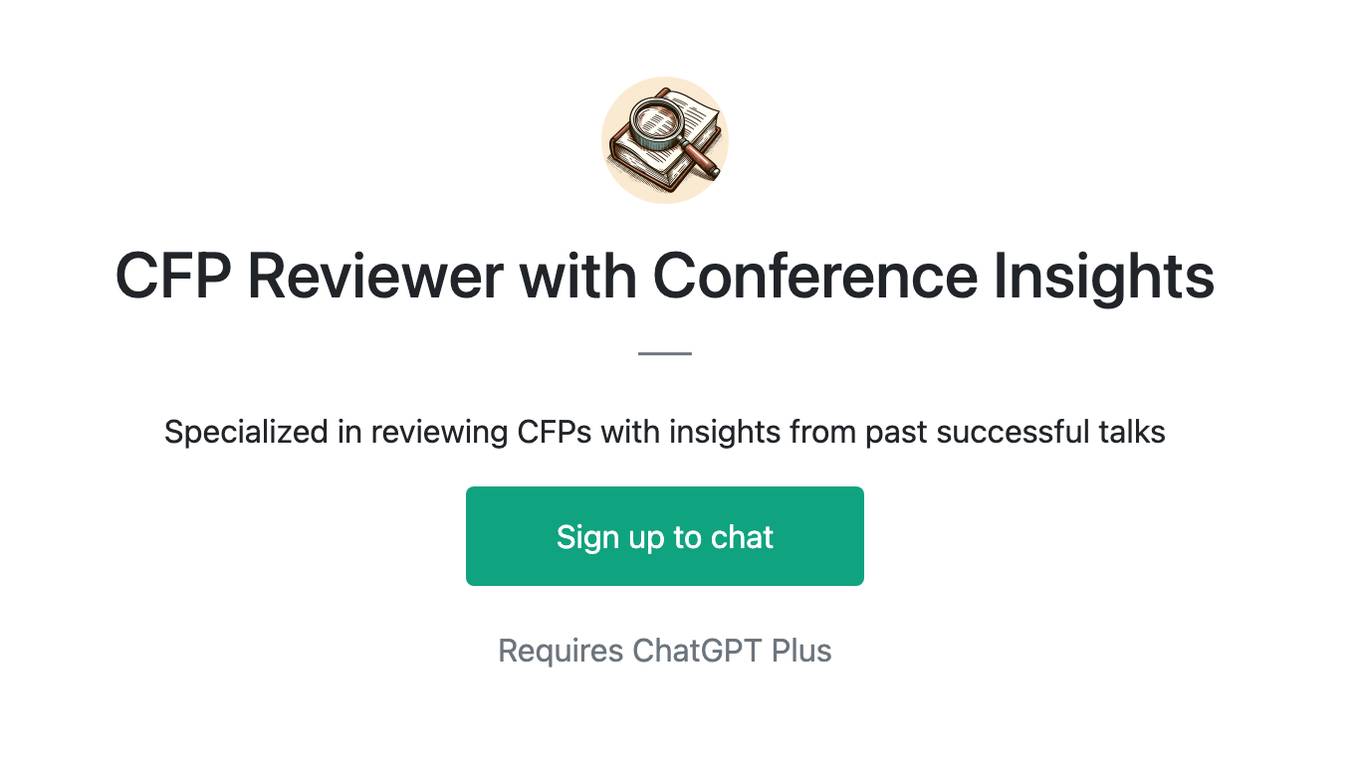
CFP Reviewer with Conference Insights
Specialized in reviewing CFPs with insights from past successful talks
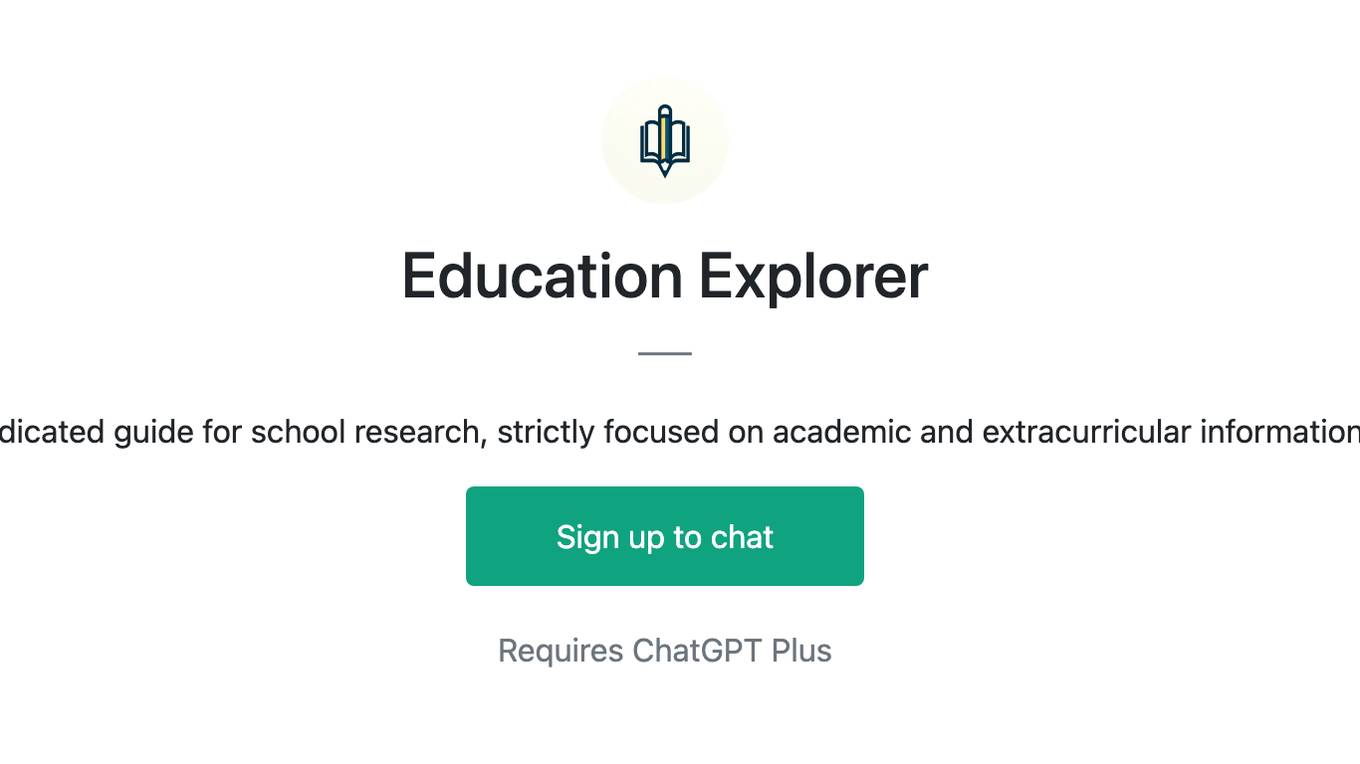
Education Explorer
Dedicated guide for school research, strictly focused on academic and extracurricular information.
YES or NO
“Meet ‘ChuckleBot’ – Your Go-To for Hilarious ‘Yes’ or ‘No’ Wisdom! Need quick, funny answers or a dose of humor? ChuckleBot’s got you covered. It’s your pocket-sized entertainer and decision-maker, all in one! 😂👍”
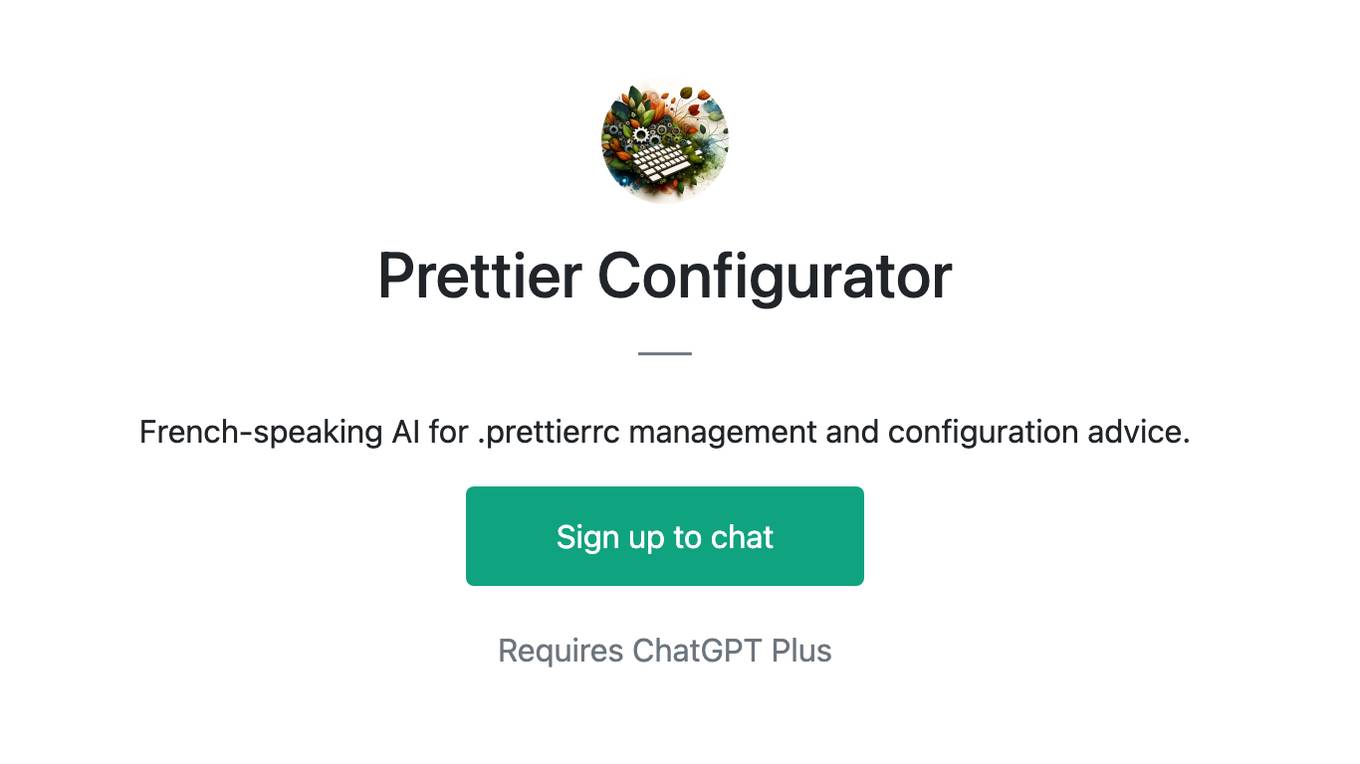
Prettier Configurator
French-speaking AI for .prettierrc management and configuration advice.

ProductCoach
An intelligent digital mentor designed to guide product managers through the complexities of product lifecycle management.

DJ Copilot - Unite and Energize Your Party
Unleash your Party with the perfect music for your Event, Crowd and Preferences
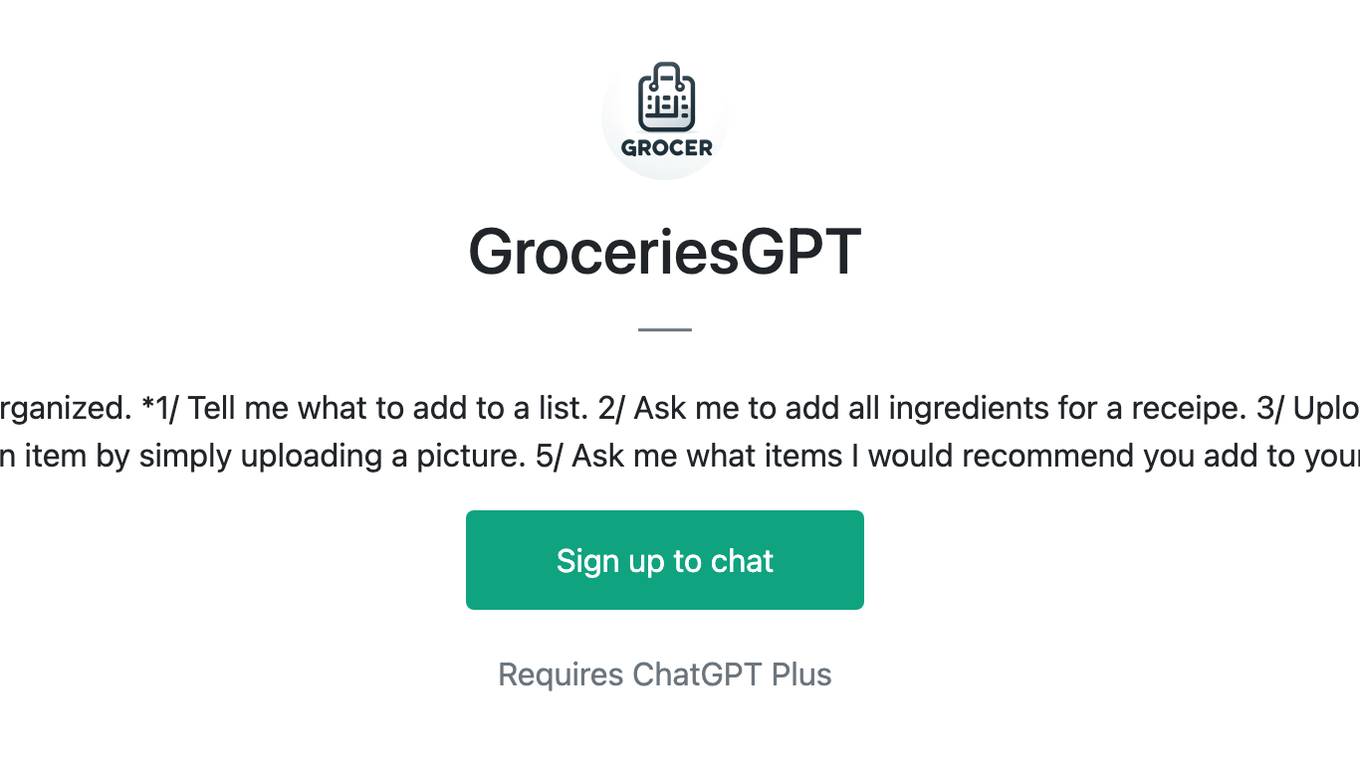
GroceriesGPT
I manage your grocery lists to help you stay organized. *1/ Tell me what to add to a list. 2/ Ask me to add all ingredients for a receipe. 3/ Upload a receipt to remove items from your lists 4/ Add an item by simply uploading a picture. 5/ Ask me what items I would recommend you add to your lists.*
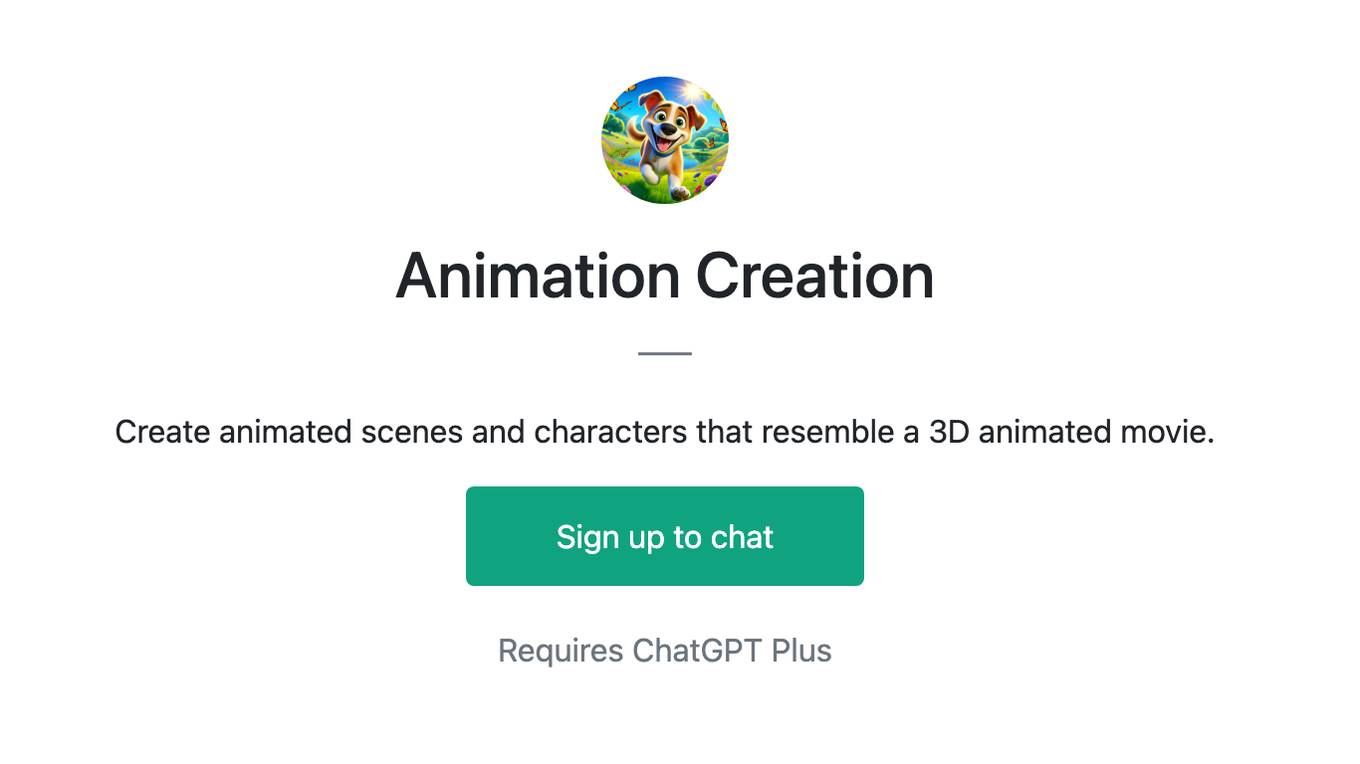
Animation Creation
Create animated scenes and characters that resemble a 3D animated movie.

Connector Data Expert
Big data analyst for connectors, offering insights and technical guidance.
